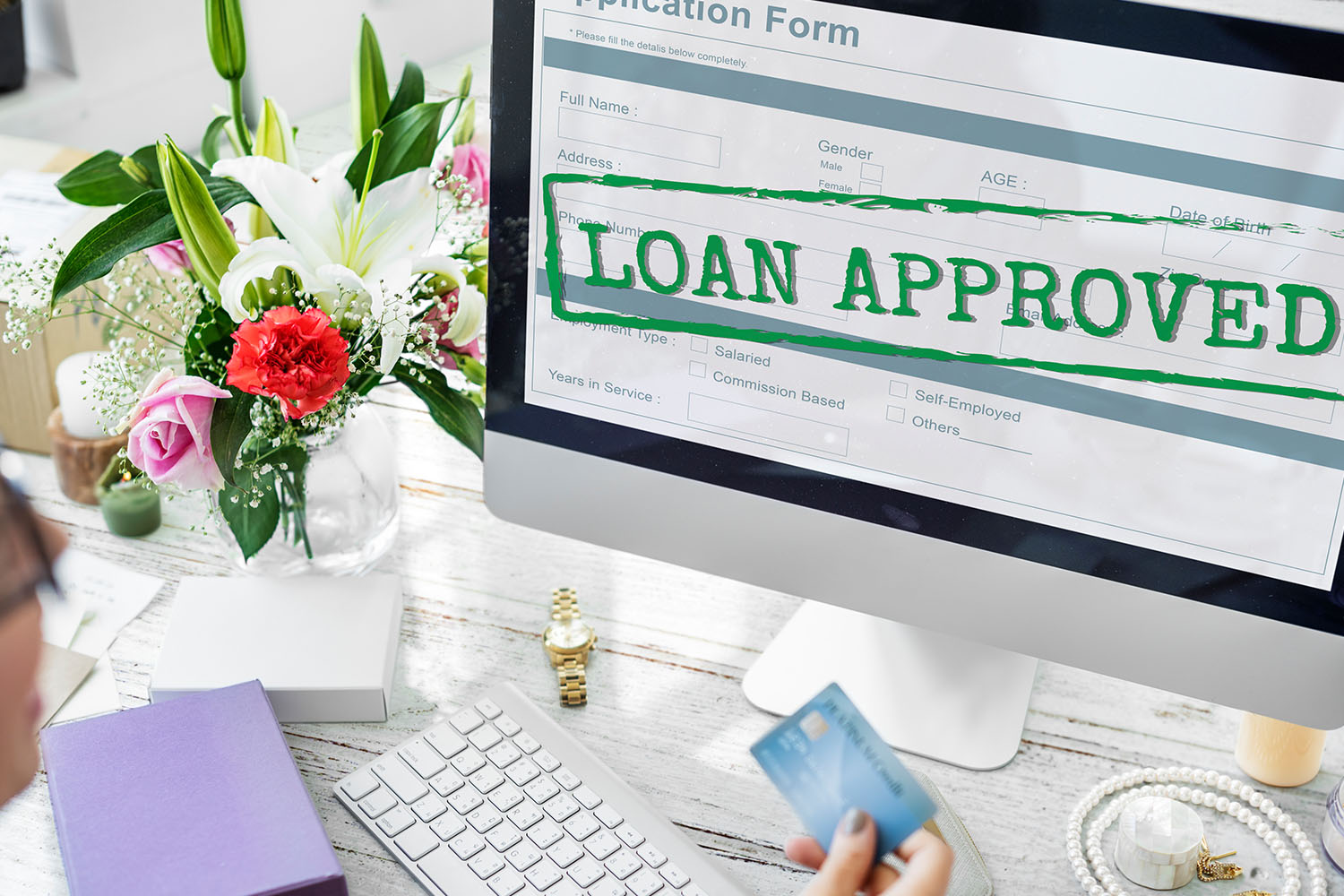How to Apply for Business Equipment Financing

The right equipment is the backbone of countless businesses. Studies show that investing in proper equipment can boost efficiency by up to 20%, leading to higher output and profitability [1].
However, acquiring this essential equipment upfront can be a financial hurdle for many businesses. Here’s where business equipment financing offers a strategic solution to bridge the gap between your needs and your budget.
Understanding Business Equipment Financing
Equipment financing is a specialized form of business funding designed to help businesses acquire necessary equipment without significant upfront costs. It allows businesses to spread out the expense of purchasing equipment over time, which can be crucial for maintaining cash flow and liquidity.

There are various types of business equipment financing options available: [2]
- Equipment Loans: These are traditional loans specifically for purchasing equipment. They typically have fixed interest rates and repayment terms.
- Equipment Leasing: Allows businesses to use equipment for a set period in exchange for regular payments. At the end of the lease, businesses may have the option to purchase the equipment.
- Vendor Financing: Offered directly by equipment manufacturers or suppliers to their customers, often with attractive terms and conditions.
Equipment financing can preserve capital for other business needs, offer potential tax advantages (such as depreciation deductions), and allow businesses to stay current with technological advancements without large upfront expenditures.
When considering business equipment financing, businesses should evaluate factors such as interest rates, repayment terms, eligibility requirements, and any potential additional fees. Understanding these aspects helps businesses choose the financing option that best aligns with their financial goals and operational needs.
Preparing for Your Application
Preparing for your business equipment financing application involves several critical steps to ensure a smooth and successful process: [3]

1. Assess Equipment Needs
Begin by conducting a thorough assessment of your equipment requirements. Identify the type of equipment needed, its specifications, and how it will contribute to your business operations and growth.
2. Financial Review
Review your current financial situation. This includes examining your cash flow, profitability, and existing debts. Understanding your financial health helps in determining how much financing you can afford and what terms would be feasible.
3. Create a Business Plan
Develop or update your business plan to include details about how the new equipment will benefit your operations. Outline your business’s goals, market analysis, competitive landscape, and financial projections. A well-crafted business plan demonstrates your business’s viability and growth potential to lenders.
4. Gather Documentation
Collect the necessary documents that lenders typically require. These may include:
- Financial Statements: Balance sheets, income statements, and cash flow statements.
- Tax Returns: Personal and business tax returns for the past few years.
- Business Licenses and Permits: Ensure all licenses and permits are current and in compliance.
- Equipment Quote: Provide a detailed quote from the supplier specifying the equipment’s cost, specifications, and delivery timeline.
5. Improve Credit Profile
Take steps to improve your credit profile if needed. This may involve paying off outstanding debts, resolving any discrepancies on your credit report, and maintaining a healthy credit utilization ratio.
6. Research Lenders
Research and identify potential lenders who specialize in business equipment financing. Compare their interest rates, terms, fees, and customer reviews to select the best fit for your business needs.
By thoroughly preparing for your equipment financing application, you increase your chances of securing favorable terms and streamlining the approval process. Each step plays a crucial role in presenting a strong case to lenders and demonstrating your readiness to responsibly manage the financing for new equipment.
The Application Process
When applying for business equipment financing, selecting the right lender is crucial to securing favorable terms and a smooth process.

FastFund stands out as an excellent choice due to its commitment to flexible solutions tailored to business needs (link). Beyond FastFund, businesses can choose between traditional lenders like banks and credit unions or opt for alternative lenders such as online platforms and specialized equipment financing companies. Consider factors like interest rates, terms, fees, and customer service reputation when making this decision.
Once you’ve chosen your lender, the next step is to gather the necessary documents. Lenders typically require several key pieces of information to evaluate your application thoroughly:
- Business Plan: Provides insights into your business’s goals and operations.
- Financial Statements: Illustrate your financial health and ability to repay the loan.
- Tax Returns: Validate income and financial history.
- Bank Statements: Show cash flow and financial stability.
- Business Licenses: Confirm legal compliance and legitimacy.
These documents help lenders assess your creditworthiness and the viability of your business, ensuring a well-informed decision on financing your equipment needs.
Completing the Application and Beyond
Once you’ve gathered all the required documents, submit your application to the chosen lender. Be prepared for potential follow-up questions or requests for additional information. After approval, carefully review the terms before signing the agreement.

Post-approval, focus on managing repayments responsibly to maintain financial health and operational continuity. Regularly assess equipment performance to ensure it effectively meets business needs.
Conclusion
Securing business equipment financing is a strategic step towards enhancing operational efficiency and competitiveness. Choosing a reputable lender like FastFund and diligently preparing your application with the necessary documents will pave the way for acquiring essential equipment without disrupting cash flow. Post-approval, proactive repayment management, and regular equipment assessments will ensure continued business success. Remember, effective financing supports immediate needs and positions your business for long-term growth and sustainability in a dynamic marketplace.
FAQs
What is the interest rate for business equipment?
Interest rates for business equipment financing vary widely depending on the lender, your creditworthiness, and the type of equipment. Rates typically range from 4% to 30% APR.
What is commercial equipment finance?
Commercial equipment finance involves loans or leases specifically tailored to businesses for acquiring essential equipment like machinery, vehicles, or technology, enabling them to spread costs over time.
How do you finance capital equipment?
Capital equipment can be financed through various methods, such as equipment loans, leases, or vendor financing, depending on your business’s needs and financial situation. Each option offers different terms and benefits to support your equipment acquisition goals.
References
[1] https://www.brookings.edu/wp-content/uploads/1992/06/1992b_bpea_delong_summers_abel.pdf
[2] https://corporatefinanceinstitute.com/resources/commercial-lending/equipment-finance/
[3] https://www.forbes.com/advisor/business-loans/how-to-get-a-business-loan/
